Mexico – between two worlds
Mexico is a country marked by contrasts. Particularly impressive are the prehistoric buildings and works of art left over from Mexico's great indigenous civilizations, including the legacies of the Mexica, Maya, Olmec and Zapotec tribes. Although Spanish has been the official state language since colonisation in the 16th century, 68 officially recognised indigenous languages survive in Mexico until this day - languages and not dialects, as some call them.
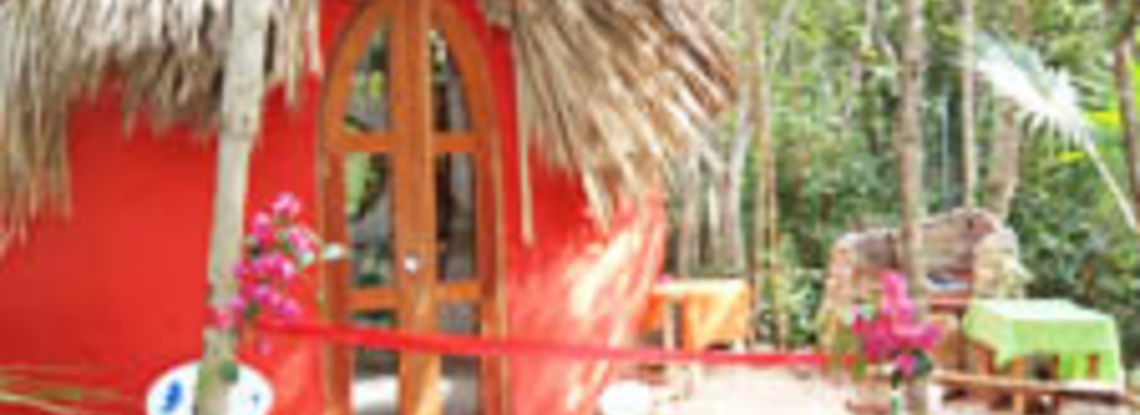
Seen geographically, Mexico is part of the North American continent, but common customs and the Spanish language means it identifies itself much more with Latin America. Poverty, corruption and criminality are omnipresent and levels of educational attainment are usually very low. Simultaneously, the country has produced a very rich elite. You could say that Mexico exists between two worlds - between old and new, north and south, megacity and rainforest, and rich and poor.
A number of Mexican Waldorf Schools take on these social challenges in their social and educational work. This impulse started during the Second World War, when Juan Berlin brought his vision of a Waldorf school to Mexico. Designated a 'half-Jew' by the Nazi regime, he was forced to flee from Germany in 1939, and was able to find refuge in Mexico. In 1955 he went on to found the first Waldorf school in Mexico City, which however soon had to close again due to economic reasons. A second attempt in 1971 only survived for four years, before the school was closed for political reasons. In 1986 a third and this time successful attempt was undertaken to establish a Waldorf school in the capital. The 'Escuela Waldorf de la Cuidad de Mexico' is now one of the mainstays of Mexican Waldorf Education.
Since then Waldorf schools have established themselves throughout the country. Yet the Waldorf approach still remains relatively unknown in Mexico. The last few years have, however, lead to an ever increasing number of parents who are searching earnestly for an educational alternative. They would like a more humane and more artistic form of schooling as that which the state schools offer.
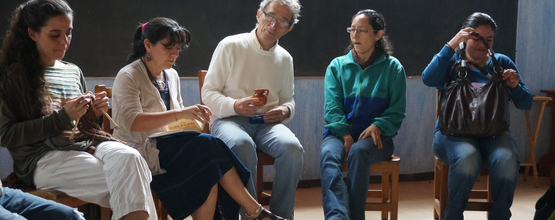
Cuernavaca
Mexico: Carrying the name of the city, a Waldorf school exists in Cuernavaca since 1989. The initiative is the biggest Waldorf School in Mexico and is…
Learn more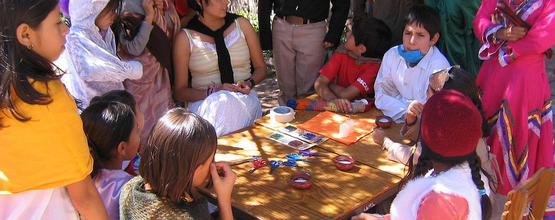
Guanajuato
The Mexican city of Guanajuato is surely one of the more dramatic settings for a Waldorf school. This mile-high regional capital of 140,000 people, five hours…
Learn more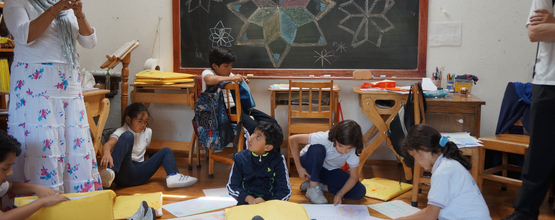
Waldorf School Mexico City
Mexico: Around 20 million people live in the Ciudad de México urban conurbation, which has been one of the largest conglomerations world-wide for years - and…
Learn more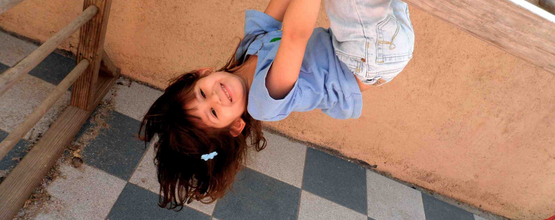
Monterrey
Mexico: Colegio Ceiba is the only Waldorf kindergarten in Monterrey, a city of four million amidst the mountains of North-eastern Mexico. Located near the…
Learn more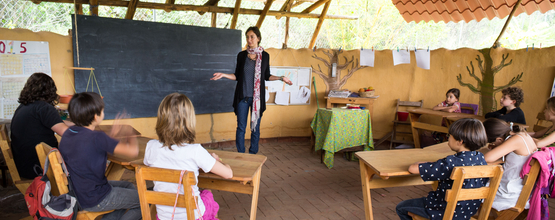
Oaxaca
„Papalotes Escuela Waldorf“ is so far the first and only Waldorf School in the history of Oaxaca in Mexico. The State of Oaxaca is located in the southeastern…
Learn more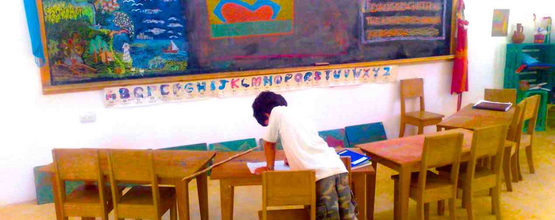
Playa del Carmen
Mexico: Playa del Carmen lies on the Mexican peninsula of Yucatán. People normally travel there to have a holiday on the white sandy beaches of the Riviera…
Learn more
Tlaxcala
Mexico: The Centro Educativo Waldorf in Tlaxcala was founded in 1998. More than 110 children attend the grades 1-9. Isabel Fernández Fenelon established the…
Learn more